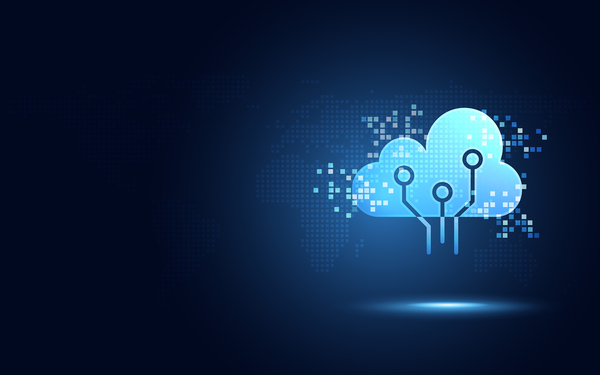Get ready for computing on the edge. The increase in Internet of Things (IoT) remote devices this year alone will force business leadership to consider a decentralized approach to data processing at the edge of networks. Let’s look at edge computing and why it will solve five of the most pressing IT network challenges facing us today.
IT Challenges Tackled by Edge Solutions
Gartner tells us that 5.8 billion IoT devices will be active this year. The incremental connectivity is staggering; IoT devices are increasing by more than 20% each year. All of these devices capture and process data, so it makes sense that business leadership worries about the additional strain these devices will place on our distributed IT infrastructure.
Currently, most data flows through the cloud to a remote data storage facility. But the proliferation of devices demands a less distributed approach. This is particularly true considering more IoT applications are sold to function in real-time. A slow down in processing means a delay in response. Given that consumers act as if the “I” in IoT stands for “immediate,” a slower response time will frustrate customers and potentially impact corporate bottom-line results.
Desirable alternatives to cloud computing include edge computing. Instead of running all data through a remote data center, processing IoT data at the edge of the network eliminates the challenges inherent in today’s current centralized IT environment. Moving data centers closer to the IoT devices in a distributed environment where immediate information is processed locally, and the rest goes through the cloud, solves some big problems, such as:
- Latency issues that slow down networks. Edge computing can eliminate the lag-time between real-time devices and deliver the responsiveness consumers demand. This can create a more reliable interface between the consumer and the device. This matters greatly to some of the split-second decisions that impact new IoT tools from your Alexa to autonomous cars.
- Security can segment with Edge computing. Edge architectures allow the restriction of data outages to the local processing center and the applications governed by that device.
- Real-time data is streamlined without the hurdles inherent in IT centralization. Edge computing is a siloed entity focused entirely on specific increments of data, with less processing lag time.
- The cost can decrease on the edge, reducing capital and operating expenses. You can plan ahead for equipment failure and replacement, making this a manageable budgetary line item.
- The governance of edge computing networks is maintained by IT business leadership. Controlling data at the source eliminates cloud middlemen and increases IT ownership.
 Decentralization has pros and cons for IT security.
Decentralization has pros and cons for IT security.
Some of the Drawbacks Inherent in Edge Computing
With all these benefits also comes risk; edge computing is not without its drawbacks. Edge computing forces IT security teams to handle both physical and virtual security, something that may currently be handled by a cloud vendor. Organizations must also have a data protection strategy that ensures reliable backup and security upgrades.
While edge computing solves many of the issues inherent in our continued love of the remote device, there are also challenges. One thing is certain; the best IT teams will continue to adapt to handle technology disruption and the heavy influx of data to follow.
